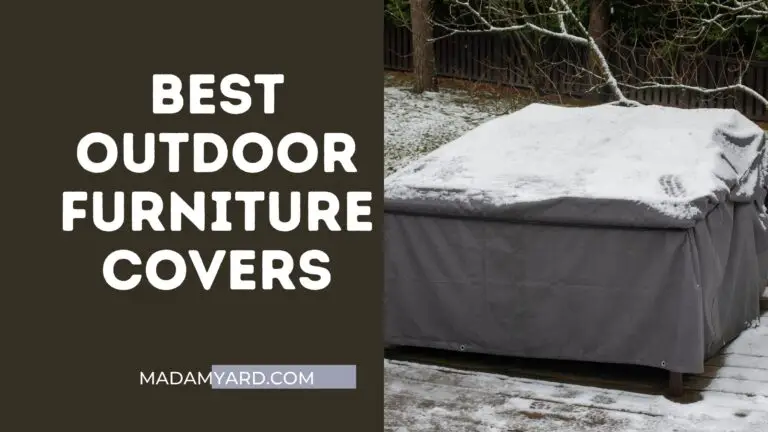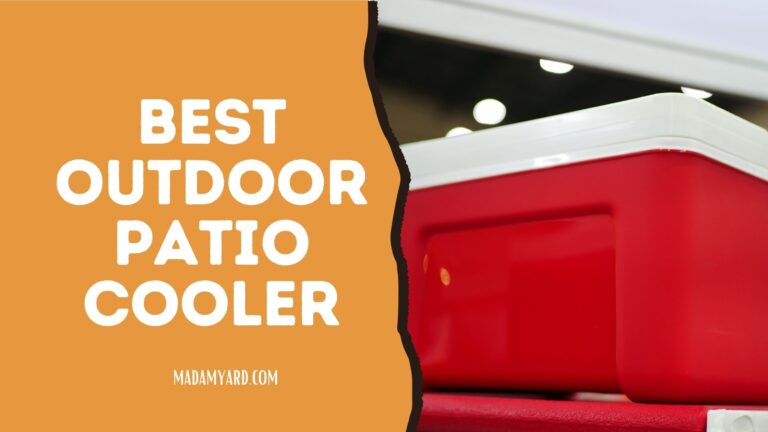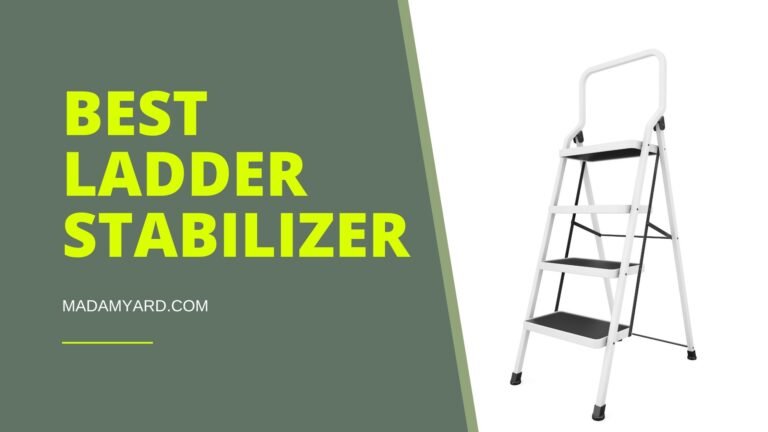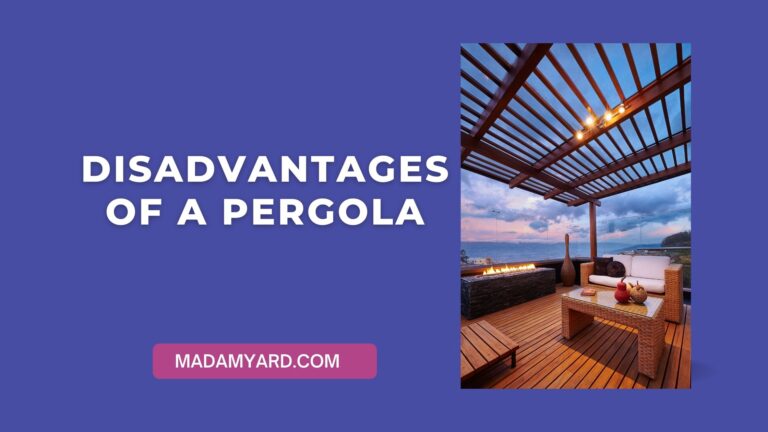Can You Put A Gazebo On A Deck?
A gazebo is a freestanding structure, occasionally octagonal or turret-shaped, commonly found in a park, garden, or ample public space. Some are utilized as though one on occasion.
Yes, you may put a gazebo on a deck, but it depends on the type of gazebo and the deck style. A concrete gazebo, for example, cannot be supported by a timber deck. As a result, the standard rule is that the deck must be strong enough to keep the gazebo’s weight.
We’ll look at putting a gazebo over the deck in this post.
Can I install my gazebo on the deck without destroying it?
Yes, of course. Leg anchors are the best alternative for anchoring a gazebo if you don’t want to dig into the ground. The leg weights, which may be filled with gravel or water, can protect your gazebo from blowing over in high winds.
Use a large pot, planter, or other containers as a gazebo foundation. Half-fill the vessel with sand, dirt, or concrete. Place one of these canisters on each of the outer edges of your gazebo.
If you choose concrete, make sure that you can eventually relocate or eliminate the anchor if you need to transfer or replace the gazebo.
Using sand or dirt guarantees plenty of room for future upgrades. We’d also recommend protecting the deck from heat, oil, and flying sparks if you’re erecting a grill gazebo. Special fire-resistant mats are available for fire pits and barbecues that sit on hardwood or Trex-type decking.
Can I screw-fixed hardtop gazebo on deck?
You must ensure that the screws are attached to the connectors, not only the planks, or the deck may be damaged. Each metallic foot will have a pinhole, and you’ll need to drill tiny drill bits in the deck using your drill.
Use screws that are several inches long and are galvanized. This strategy will do the least amount of harm to the deck. Bolting your hardtop gazebo to the deck is an excellent technique to ensure stability.
If the decking area is exposed to the elements, you’ll need a robust anchoring mechanism, and bolts are great. Knowing precisely where you want things to go if you utilize this strategy. They are pretty challenging to remove.
Without drilling, how can I secure a pop-up gazebo on decking?
Suppose you’re only installing a gazebo occasionally. In that case, there are a few non-drilling options for attaching your pop-up or portable gazebo to your deck.
Leg weights are the most excellent technique to anchor a gazebo without drilling. They’re a convenient and adaptable solution to secure your pop-up gazebos. There are a variety of leg weights available to help secure your gazebo in various weather conditions.
Your preferred leg weight is determined by your personal preferences. Depending on the surface on which they are used, some weights are better than others. The following are the several sorts of gazebo leg weights:
1. Cast Iron leg weights
These pop-up gazebo leg weights are cast iron and are simple to operate. Leg weights made of cast iron are commonly sold in pairs. Using more than one cast iron for each leg of your gazebo will help to secure it.
Because of their construction, you just slide the iron leg weights over the gazebo footplate. When employed on hard surfaces, cast-iron weights also provide a lot of stability.
2. Weight bags
Another great approach to anchoring a gazebo is with weight bags. They also come in a variety of designs. To secure your gazebo, fill the weight sacks with sand or stones.
They usually come with straps that make wrapping the weight bag over the gazebo legs a breeze. The weight bags are always made of waterproof and user-friendly materials.
When the wind blows, the sacks help to keep the pavilion stable. Similar techniques could be used to weigh down an umbrella.
3. Fillable plastic weights
Once filled, fillable polymers are utilized to fasten gazebos and provide ballast. You may either fill them with water or sand.
They are long-lasting and simple to use because they are composed of plastic. Depending on the brand, they may add anywhere from 20 to 35 pounds to each leg.
4. Concrete planter pots
This is another suitable way to anchor your gazebo. The materials needed for this are accessible and inexpensive.
Fill the pots with bricks and damp soil after inserting the gazebo legs. You may also use flagstones to give each leg greater weight. You may then put your favorite flower in the pots or paint them to make them more attractive.
These weights will hold a pop-up gazebo in place under windy circumstances.
What are the best types of gazebos for my deck?
Gazebos come in a variety of designs, sizes, and materials. Still, the first choice must be whether it will be permanent or temporary.
A hardtop metal gazebo on deck will serve you well for many years if the former. These are available in cast iron, stainless steel, and aluminum. We choose the last option since metal is lightweight and resistant to rust and water. A decent one should endure between 10 and fifteen years.
If you need a temporary gazebo, consider one that is simple to install and remove. We love pop-up gazebos because they are easy to set up and take down. Again, an aluminum frame is lightweight and will not add weight to your deck.
Can I attach a gazebo to my deck and house?
Some homeowners opt to tie their gazebos directly to their homes to make that space more accessible. Suppose you can build or assemble a gazebo.
In that case, you should be able to attach it to your house without any difficulty. Failure to correctly install the gazebo, on the other hand, may cause water damage to your home, a weak connection between structures, or an unprofessional, sloppy look.
We’d recommend hiring a professional for this operation since, if it’s a permanent construction, you’ll need to tie the gazebo to your house’s wall and the decking. You must ensure that adequate guttering is installed to not accumulate rainwater against the home wall.
Suppose you place a pop-up gazebo next to your house for a party or extra summer eating area. In that case, you won’t need to tie it to the house as long as it’s firmly connected to the ground.
A pergola is a good choice if you want an aesthetic rather than a functional expansion. These are intended to provide modest shade rather than complete cover.
A timber pergola looks lovely on a wooden deck. Flowers or vines can be grown in a pergola to create an appealing, leafy porch. Pergola kits are simple to assemble and widely accessible online.
Conclusion
Gazebos are incredibly adaptable outdoor constructions. If you don’t want to fasten your gazebo’s feet to the rafters of your deck, consider our earlier ideas. Whatever you pick, your intended gazebo usage will dictate both the sort of gazebo you purchase and how you connect it to your decking.







